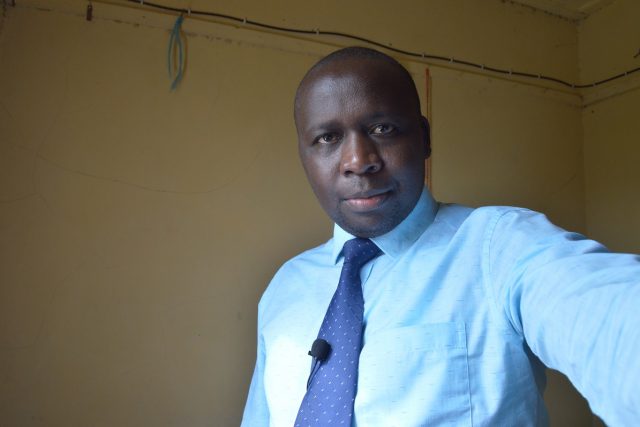The Cabinet Secretary for National Treasury Ukur Yatani is planning to read the national budget at the Kenya National Assembly on 10th June, 2022.
In this article we highlight some of the top priorities for national government in the coming financial year.
This is the second budget to be enacted while Kenya is in the middle of a pandemic. Therefore, we expect a lot of money to be allocated towards managing the Covid-19 pandemic outbreak.
For the period 2021/22 to 2022/23 the Ministry of Health will continue to focus on Universal Healthcare Coverage, deploying Covid-19 vaccines and building the capacity of human resources for health.
The Big Four Agenda
You may be aware that the Jubilee Administration is focusing on the big Four Agenda to be achieved by 2022 are as follows:
A) All Kenyans to have access to Universal Health care Coverage (UHC) by 2022;
B) Achieve food security by 2022;
C) Manufacturing to contribute 15 percent to Kenya’s Gross Domestic Product by 2022;
D) To construct 500,000 units of housing by 2022;
What is in the budget estimates?
- In 2021/22 the national government through Ministry of Health targets that 55% of women of reproductive age should have access to reproductive healthcare services;
- MoH targets to put 1.2 million Kenyans on ARVs and test 8.2 million Kenyans for HIV in 2021/22;
- The National Aids Council plans to reach out to 1.2 million Kenyan youth with information on HIV and Sexual Reproductive Health (SRH);
In FY 2021/2022, the Ministry of Health in Kenya has a proposed budget of Ksh. 121 billion which is higher by Ksh. 2 billion allocated in fiscal year 2020/21.
In the proposed budget for FY 2021/22, there is a new delivery unit called Kenya Covid 19 Emergency Response which is in charge of coordinating Covid-19 screening, engaging specialists. The unit is targeting to test 581,000 Kenyans in FY 2021/22.
Kenyatta National Hospital has a target of performing 35 kidney transplants and 180 open heart surgeries in 2021/22.
The construction of a cancer center at Kisii level 5 Hospital is expected to be 50 percent complete in 2021/22 and to be completed 100 percent by 2023/24.
In 2021/22, Ministry of Health has a target of recruiting 6,000 healthcare professionals. There is a large disparity in the distribution of healthcare professionals in Kenya. Most doctors are based in Nairobi and other major urban areas while most Kenyans live in rural areas. The Ministry of Health should consider an equitable distribution of doctors after recruiting them. “, with only 8% of the population, Nairobi has 32 % of the doctors.”
According to Kenya Health Workforce Report 2015, most healthcare training institutions are located in major urban areas such as Nairobi, Mombasa, Kisumu and Eldoret and there are 11 counties which do not have even a single healthcare training institutions. These are: Busia, Elgeyo-Marakwet, Isiolo, Kajiado, Laikipia, Lamu, Marsabit, Mandera, Taita
Taveta, Tana River, and Wajir. Nurses renew their practicing certificates every three years in Kenya.
The Ministry of Health further targets to secure 750,000 units of blood. Blood is generally in short supply in the country. According to the Center for Disease Control (CDC), a country is expected to collect 10 -20 units of blood for every 1,000 people. However, in Kenya only 4 units of blood are collected for every 1,000 Kenyans.
Education Sector Resource Allocation
International benchmarks recommend that 15 percent to 20 percent of the national budget should be earmarked for education. Kenya has a proposed budget of Ksh. 227.268 billion out of which Ksh. 99.9 billion is for University University, Ksh. 103.9 billion on Early Learning & Basic Education and Ksh. 0.26 billion will be spent on post training and skills development.
The State Department for University Education has a proposed budget of Ksh. 99.9 billion for FY 2021/22. Under this department, the Research, Science and Technology programme has a proposed budget of Ksh. 940 million. According to a World Bank Group report, Kenya spent 0.79% of her GDP on Research & Development. Other countries spend as follows: Canada (1.57% in 2018), Denmark (3 %), Israel (4%), Japan (3.26 %), Republic of Korea (4.81%), USA (2.81%) and Belgium spent 2.7%.
GOT a story? Contact Kerosi Dotcom on EMAIL info@kerosi.com
…
END


